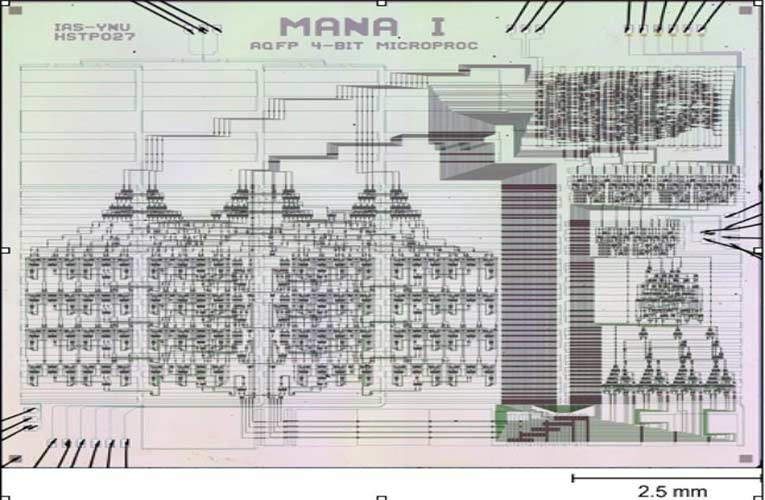
To tackle the ever-increasing need for more computational power, researchers from Yokohama National University, Japan have successfully developed a 4-bit AQFP prototype microprocessor named MANA (Monolithic Adiabatic iNtegration Architecture). This new microprocessor is developed using superconductors that are about 80 times more energy-efficient than the ones found in microprocessors of high-performance computing systems available.
The new processor is made using niobium/aluminum Josephson Junctions and operates at 4.2K. It uses an energy-efficient superconductor digital electronic structure, called the adiabatic quantum-flux-parametron (AQFP), as a building block for ultra-low-power, high-performance microprocessors, and other computing hardware for the next generation of data centers and communication networks.
As put in by the associate professor at Yokohama National University and lead author of the study, Christopher Ayala, “The digital communications infrastructure that supports the Information Age that we live in today currently uses approximately 10% of the global electricity. Studies suggest that in the worst-case scenario if there is no fundamental change in the underlying technology of our communications infrastructures such as the computing hardware in large data centers or the electronics that drive the communication networks, we may see its electricity usage rise to over 50% of the global electricity by 2030.”
The AQFP is capable of all aspects of computing viz. data processing and data storage. Besides, the data processing part of the microprocessor can operate up to a clock frequency of 2.5 GHz which is ideal for today’s computing technologies. Additionally, this can increase to 5-10 GHz with further improvements in the design methodology and experimental setup by the team.
Being a superconductor electronic device, the AQFP needs additional power to cool the chips from room temperature down to 4.2 Kelvin to enable the AQFPs to go into the superconducting state. Despite the cooling overhead, the AQFP is still about 80 times more energy-efficient when compared to the state-of-the-art semiconductor electronic devices found in high-performance computer chips available today.
The team plans to make improvements in the technology including the development of more compact AQFP devices, increasing the operation speed, and increasing the energy-efficiency even further through reversible computation. Also, there are plans to scale the design approach to fit as many devices as possible in a single chip and operate all of them reliably at high clock frequencies. Moreover, the team will examine how AQFPs could assist in other computing applications like neuromorphic computing hardware for artificial intelligence as well as quantum computing applications.
The study was published in the IEEE Journal of Solid-State Circuits wherein you can get more details on the AQFP MANA microprocessor.

